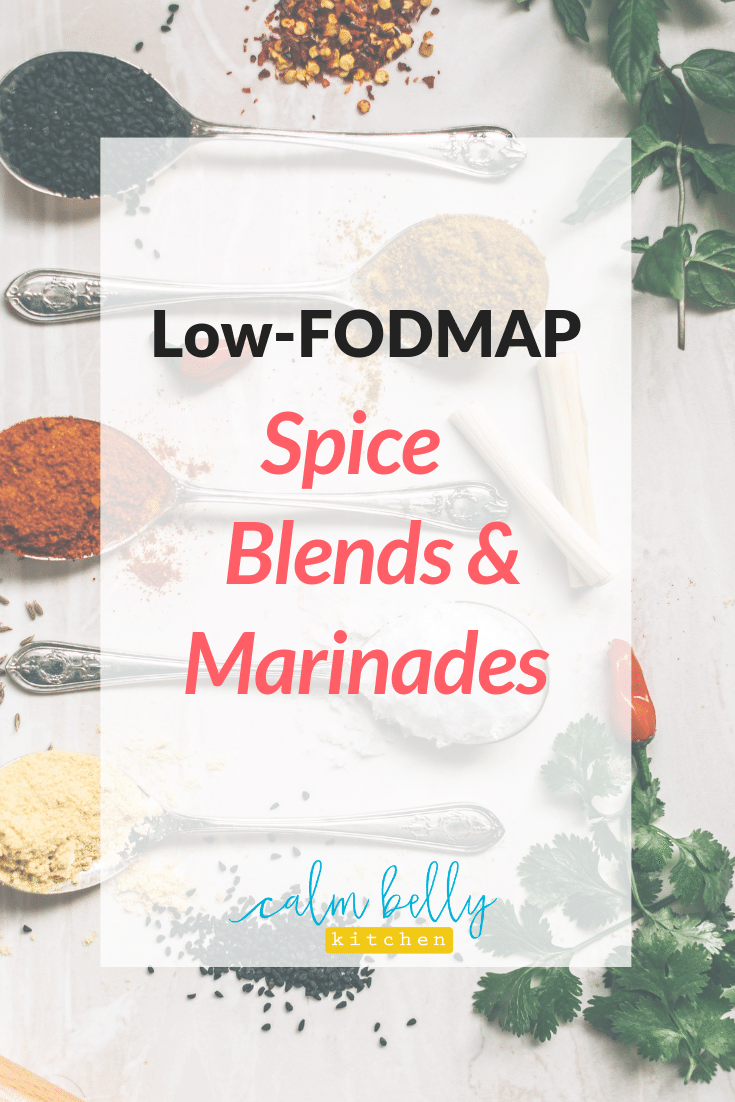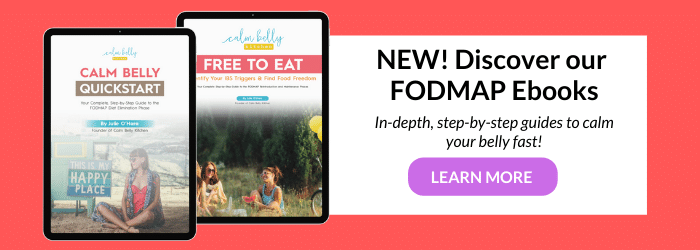Maple-Soy Chicken Drumsticks with 5-Spice (Low-FODMAP, dairy free)
Save on Pinterest!
The easy sauce for these chicken drumsticks has just THREE ingredients, but a huge flavor payoff. If you’re bored with the same old chicken dishes, this will wake up your taste buds!
The key ingredient here is Chinese 5-Spice.
Like the name suggests, it’s a blend of 5 spices: typically fennel, cinnamon, star anise, Szechuan pepper, and cloves. But this combination isn’t set in stone - sometimes ginger, cardamom, anise (different from fennel and star anise) nutmeg, or orange peel are substituted or added to the mix.
Overall, 5-spice comes off as sweet with slightly bitter undertones and a zip of licorice from the fennel. With so much going on, a little bit goes a long way.
You can find Chinese 5-Spice in most supermarkets or online. Naturally, it’s great in Asian stir frys, braised dishes, and soups. It’s a perfect match for pork, lamb, and duck, as well as dark meat chicken and turkey. But there are plenty of unexpected ways to use it...
How To Use Chinese 5-Spice:
To flavor roasted nuts (toss with butter and 5-spice)
For glazed carrots (like these)
On stir fried green beans
In Vietnamese pho
Add to muffins or quick bread
Spice up oatmeal, sweet grits, or other hot cereal
Add to spice cookies or Chinese almond cookies
In sauce for stir fried rice noodles
Add to ground lamb and rice stir fry
In lamb or beef stew
Season roast or braised duck
On roasted vegetables like parsnips, squash, rutabaga, and celery root
This post is part of a series on low-FODMAP spices. Check out the other posts below:
Grilled Chicken with Curry-Lime Marinade
Ancho-Orange Roast Chicken and Spaghetti Squash
Easy Coconut-Shrimp Curry with Chickpeas
Maple-Soy Chicken Drumsticks with 5-Spice (Low-FODMAP, dairy free)
You can change up this recipe by using chicken wings or thighs; adjust baking time accordingly. Finishing the chicken under the broiler crisps the skin and helps thicken the sauce. If you prefer, you can remove the skin before baking; bake until temp reaches 165F, do not broil.
Serves 6
INGREDIENTS
3 lbs chicken drumsticks (about 12)
½ cup pure maple syrup
2 tbsp soy sauce or tamari
1 tsp Chinese 5-Spice
Sesame seeds for garnish
Chopped scallion tops for garnish
INSTRUCTIONS
1. Preheat oven to 375F. Place chicken in a 9 x 13-inch baking dish or similar size that fits chicken in a single layer.
2. In a medium bowl, whisk together the syrup, soy sauce, and Chinese 5-Spice. Pour over chicken. Bake until chicken is no longer pink in the thickest part or temperature reaches 160F on an instant-read thermometer, 35 to 40 minutes, basting chicken with maple sauce 2 to 3 times during baking.
3. Turn on broiler to high and place an oven rack in the upper third position (8 to 10 inches from broiler). Broil until chicken is lightly browned and internal temp reaches 165F, 4 to 5 minutes. Transfer to a serving dish and pour remaining sauce over chicken. Garnish with sesame seeds and scallions and serve.





































